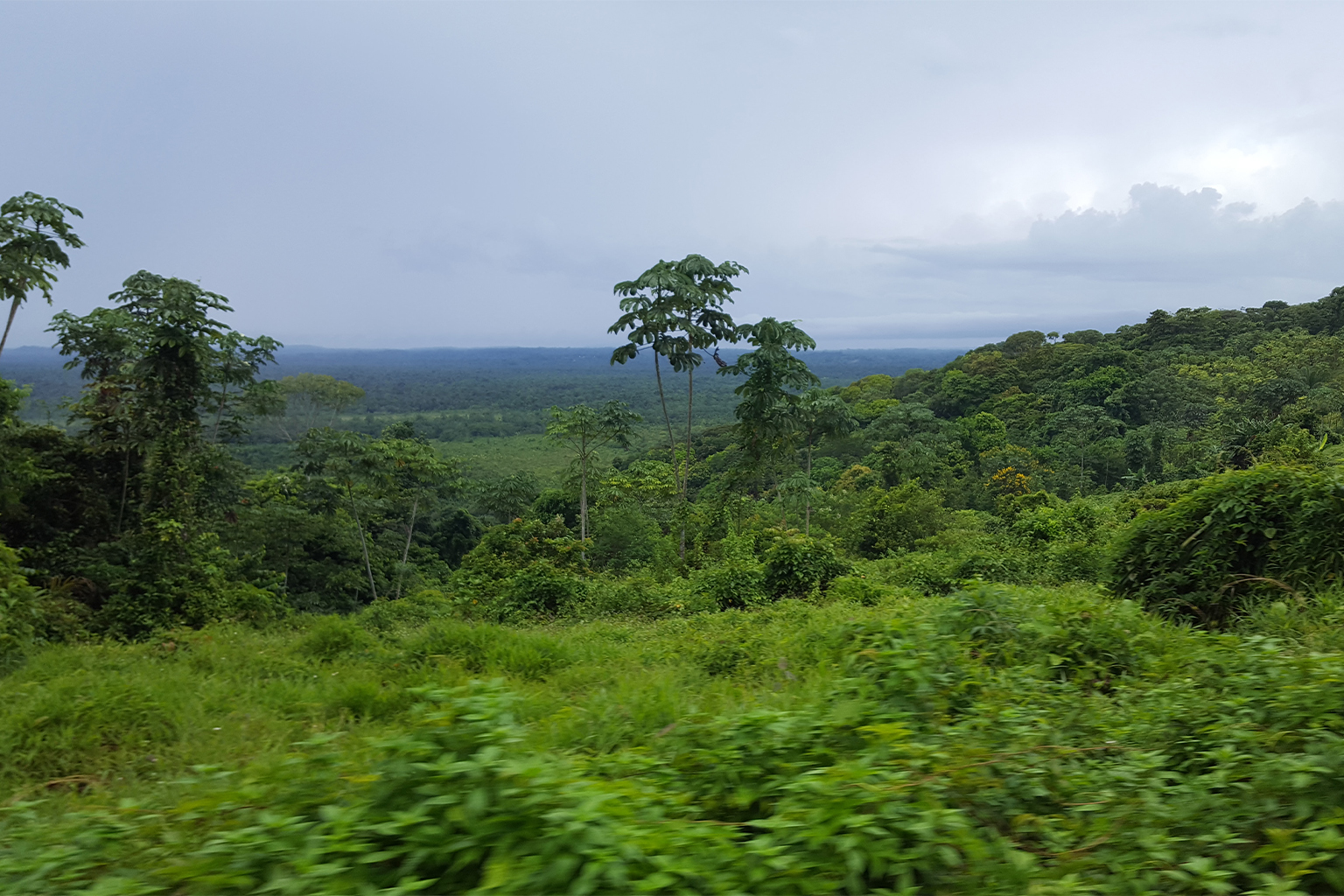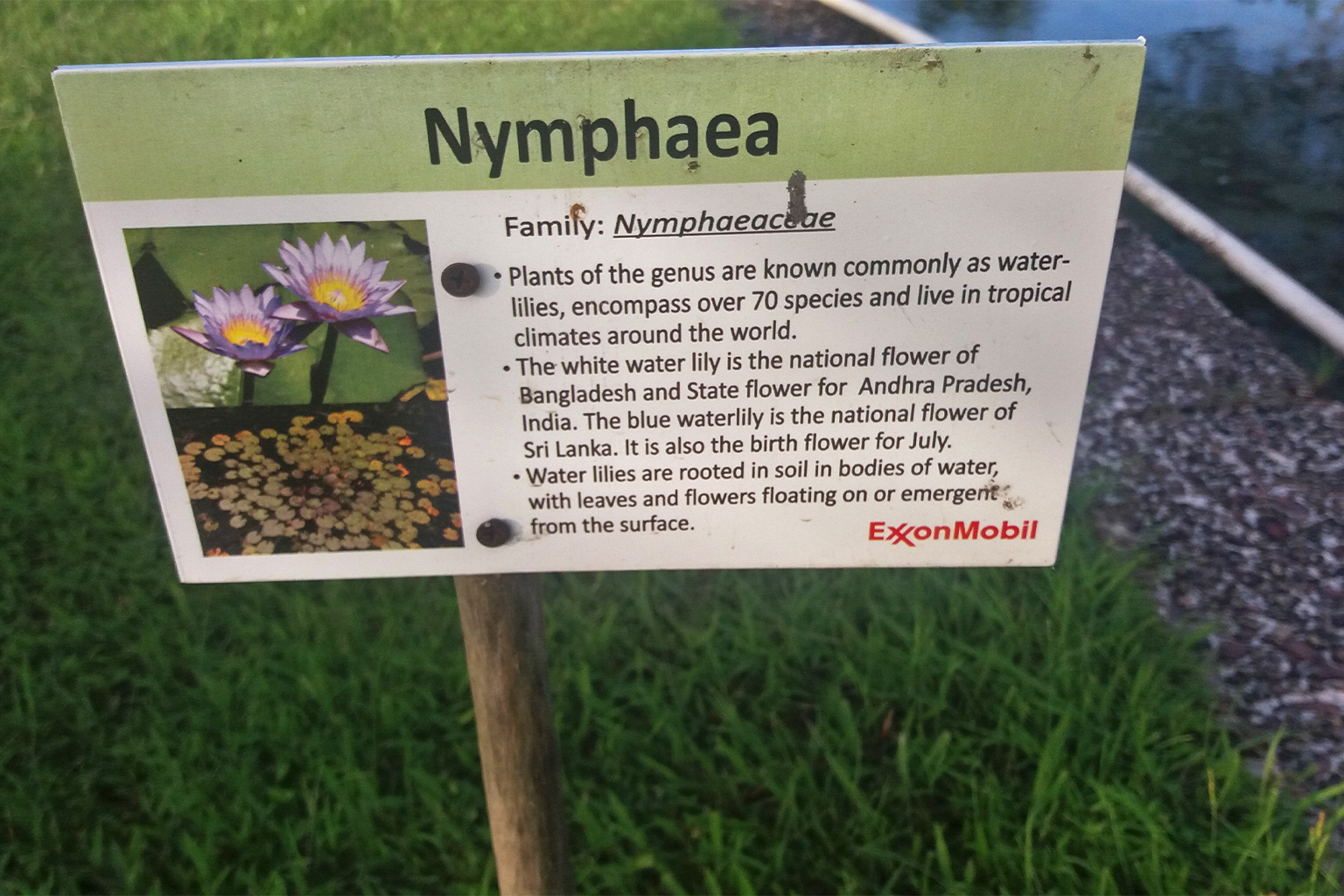
- The government of Guyana says the South American country has already achieved net-zero carbon emissions, and adds it will further cut emissions by 70% by 2030.
- The declaration comes on the heels of Guyana becoming the world’s newest oil-producing country; it began pumping crude at the end of 2019.
- The government has played down the dissonance between its oil-producing status and its emissions reduction goals, saying that oil revenue can be directed to the green economy.
- The question, says Vice President Bharrat Jagdeo, “is whether we can become an oil producer and still maintain our environmental credentials, and continue to advocate globally for a zero-carbon economy. And we believe the answer is yes.”
Achieving net-zero carbon emissions by the middle of the century was one of the goals of the COP26 U.N. climate summit in Glasgow, Scotland, last November.
Guyana claims to have reached that point.
“Where the world is trying to get to by 2050, we are already there,” Vice President Bharrat Jagdeo told a local paper in October 2021. He attributed this to Guyana’s vast forests, which act as a carbon sink.
Whether Guyana is a net-zero carbon emitter is debatable, since it became the world’s newest petroleum-producing nation when it began pumping crude at the end of 2019. However, this stance is now echoed in the government’s updated Low Carbon Development Strategy (LCDS) 2030, launched at the end of October, which notes: “Guyana intends to achieve ambitious domestic targets to maintain its position as a net-zero economy.”
The government has said it supports global efforts to move to a decarbonized future and committed to reduce its emissions by 70% before 2030.
“Though we recently became an oil producer, we support the removal of subsidies from fossil fuel production and advocate a strong global carbon price,” President Irfaan Ali told fellow world leaders at COP26.

Guyana’s oil production is expected to continue for another 20 to 25 years, according to the former head of its Environmental Protection Agency, but there’s a high possibility this timeline may be extended with oil exploration still ongoing.
Only recently ExxonMobil increased its estimate of the discovered recoverable resource for the offshore Stabroek block to 10 billion oil-equivalent barrels. This followed applications for environmental authorization by ExxonMobil to commence drilling explorations in two other offshore blocks, Kaieteur and Canje.
It’s a tricky position to be in less than six months after the International Energy Agency (IEA) called for “no new oil and gas fields approved for development” beyond projects already committed as of 2021, and on the heels of the sixth report of the Intergovernmental Panel on Climate Change (IPCC), which declared, “It is unequivocal that human influence has warmed the atmosphere, ocean and land.”
But Jagdeo says the two are not incompatible.
Speaking at the Baker Institute in Texas in August 2021, he told audience members, “The big challenge has been, and the question locally and among many of our friends abroad, is whether we can become an oil producer and still maintain our environmental credentials, and continue to advocate globally for a zero-carbon economy. And we believe the answer is yes.”
Guyana’s environmental credentials are principally linked to its vast forests and low deforestation rate — encouraged and incentivized under the Guyana REDD+ Investment Fund (GRIF), established through an agreement with Norway in 2009. The final payment was made in 2019.

Guyana has also gained entry to the Lowering Emissions by Accelerating Forest finance (LEAF) Coalition, which similarly provides financing to aims to protect tropical forests. Jagdeo says negotiations on selling carbon credits under this scheme to fellow coalition members are “far advanced.”
The revised LCDS outlines the government’s plan to meet global climate-change commitments while marketing its carbon credits and at the same time maximizing financial benefits from the country’s oil industry.
With adequate financing, plans highlighted in the LCDS include protection against climate change effects, the creation of a low-carbon economy, and a promise that 15% of revenues from forest climate services will be invested in the country’s Indigenous peoples and other communities dependent on Guyana’s forests.
The final draft of the LCDS is expected to be made official in April 2022, after consultation with Guyanese citizens that commenced toward the end of 2021.
The Guyanese government’s policy position on the call by the IEA to stop new oil field development was also highlighted in the 2030 LCDS, in which it says it believes such a move would leave its oil and gas resources under the control of other parties.

If Guyana were to prematurely forego oil and gas revenues, the document notes, this would leave the industry, and its benefits, in the hands of the “de facto monopoly”: “It would also mean that Guyana would remain poor and unable to invest in lifting the living standards of its people.”
The government says financing is critical to climate-change mitigation and adaptation, so aside from its own agenda, will continue to seek funding to address these issues so that at least some funding from oil revenues can be directed toward the country’s green economy.
The tendency for oil-producing countries to neglect other natural resources and sectors of the economy is common enough to have given rise to the term “resource curse.” In Indonesia, oil price volatility in the 1970s and 1980s necessitated a diversification of the oil-dependent economy, though in some cases the resource curse has simply shifted to other natural resources, such as gold and palm oil.
Countries can also be restricted in their efforts by the paperwork they sign. A recent review by New York-based nonprofit the National Resource Governance Institute of 34 publicly available contracts from 11 countries, signed since the 2015 Paris Agreement, found that “none of the force majeure clauses specifically required companies to prepare for climate change events” and that “contract language may limit governments’ policy flexibility and may not adequately address climate event risks.”
Banner image: A bird’s eye view on Georgetown, the capital of Guyana, which is fringed by a long sea wall as the land lies below sea level and so is prone to flooding. Image courtesy of Carinya Sharples.
Oil production or carbon neutrality? Why not both, Guyana says
Source: Trends News

0 Comments